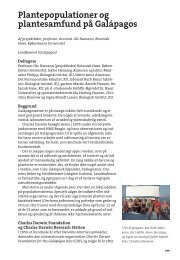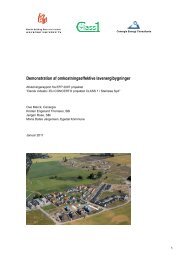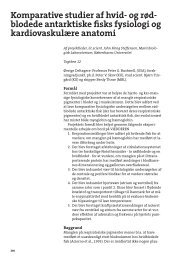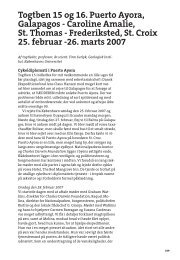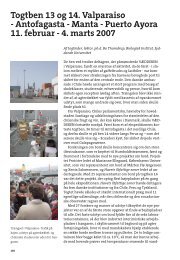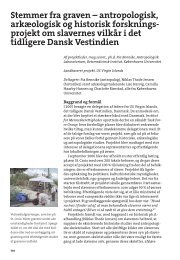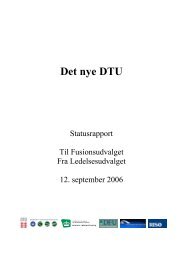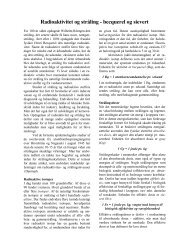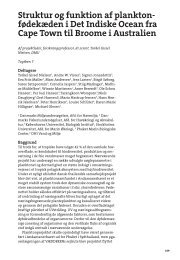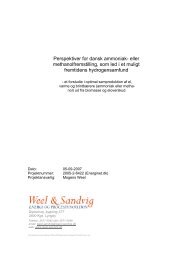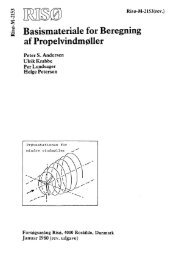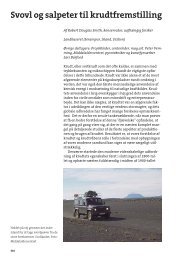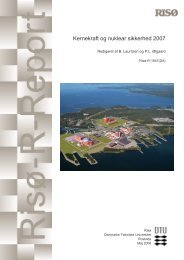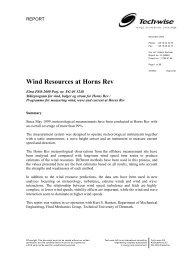Properties of hemp fibre polymer composites -An optimisation of ...
Properties of hemp fibre polymer composites -An optimisation of ...
Properties of hemp fibre polymer composites -An optimisation of ...
You also want an ePaper? Increase the reach of your titles
YUMPU automatically turns print PDFs into web optimized ePapers that Google loves.
10 Conclusions and future work<br />
Hemp stems could be defibrated with the white rot fungus Phlebia radiata Cel 26 on at<br />
least the 100 g scale to make <strong>fibre</strong>s for reinforcement <strong>of</strong> <strong>composites</strong>, since the pectin and<br />
wax rich epidermis was degraded. The <strong>fibre</strong>s retained parallel orientation during the<br />
fungal defibration and water retting and are thereby useful for <strong>composites</strong> with aligned<br />
<strong>fibre</strong>s. Lignin located in the middle lamellae between the single fibers made pectinase<br />
defibration difficult. Lignin degradation in the <strong>hemp</strong> <strong>fibre</strong>s by cultivation <strong>of</strong> P. radiata<br />
Cel 26 resulted in more cellulose rich <strong>fibre</strong>s (78%) than treatment with pectin degrading<br />
enzymes. Even though the <strong>hemp</strong> <strong>fibre</strong>s were handled with mild methods like hand<br />
peeling and fungal defibration, <strong>fibre</strong> strength higher than 643 MPa was not obtained,<br />
which is similar to the strength <strong>of</strong> traditionally produced <strong>hemp</strong> yarn (677 MPa).<br />
Furthermore the <strong>fibre</strong> strength appeared to be linearly dependent on cellulose content and<br />
independent on cellulose crystallinity and micr<strong>of</strong>ibril angle. Pure cellulose had the<br />
estimated effective strength <strong>of</strong> 850 MPa that is about 10% <strong>of</strong> the strength on the<br />
molecular level. The plant <strong>fibre</strong> stiffness appeared to increase linearly with cellulose<br />
content, decrease with micr<strong>of</strong>ibril angle and increase with cellulose crystallinity. Pure<br />
crystalline cellulose had an estimated stiffness <strong>of</strong> 125 GPa.<br />
Future investigations could be to investigate the fracture mechanics in plant <strong>fibre</strong><br />
reinforced <strong>composites</strong>. That will potentially explain if the obtained composite strength is<br />
lower than determined based on the <strong>fibre</strong> strength or if the reduction in strength is only<br />
due to the effect <strong>of</strong> the Weibull distribution. Such investigations should be performed at<br />
varied <strong>fibre</strong> content and will in addition reveal further information about the effect <strong>of</strong><br />
<strong>fibre</strong> content on the resulting porosity content. Composites with various biodegradable<br />
matrix materials like starch or lignin could be tested to get a completely biodegradable<br />
material. This investigation should focus on the matrix properties and on how to get a<br />
good interface with the <strong>fibre</strong>s. The fungal defibration method could be replaced with<br />
constructed enzyme mixtures by genetic engineering or a designed and stable bacterial<br />
strain could be applied in the retting procedure.<br />
66 Risø-PhD-11



